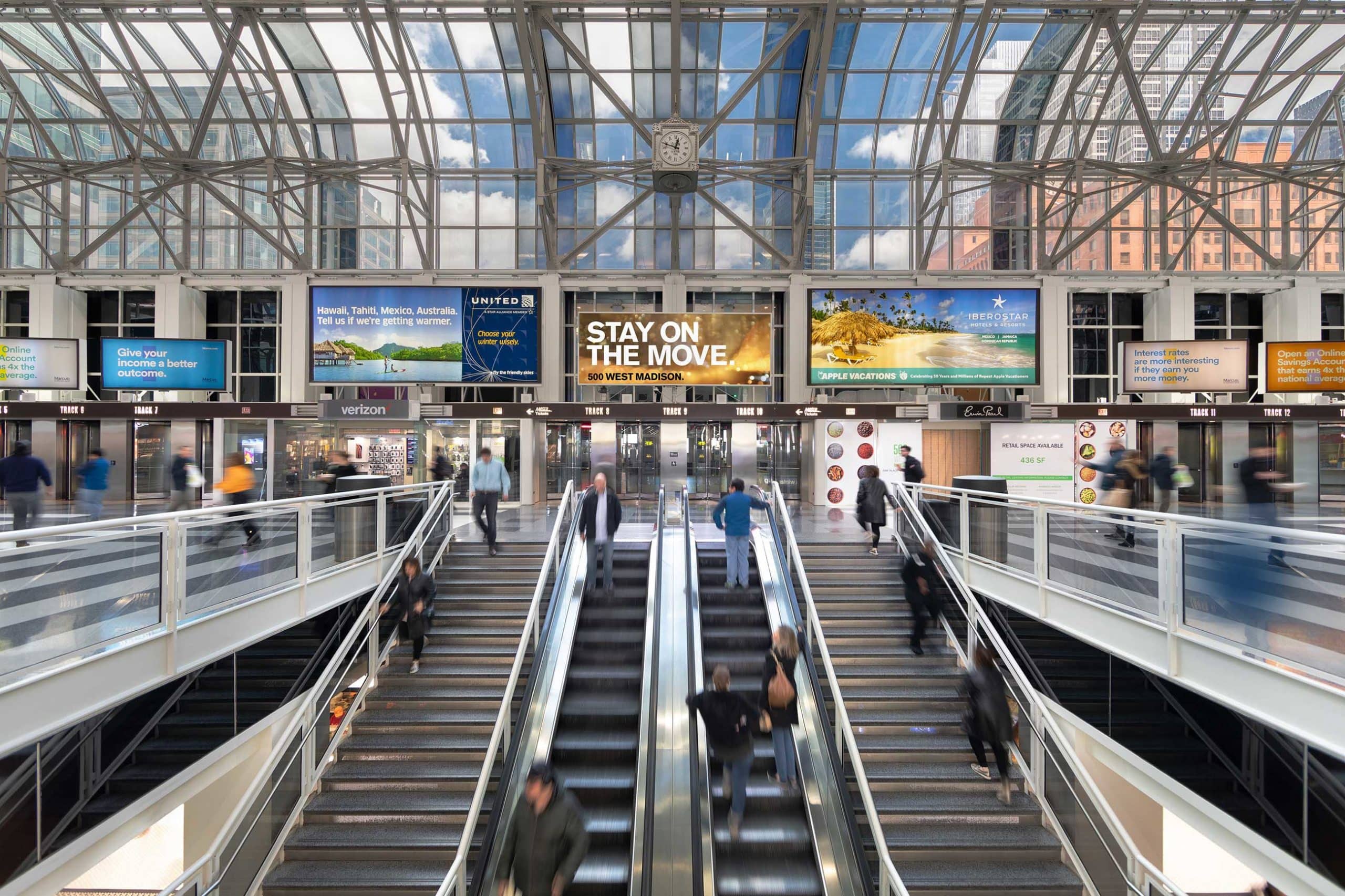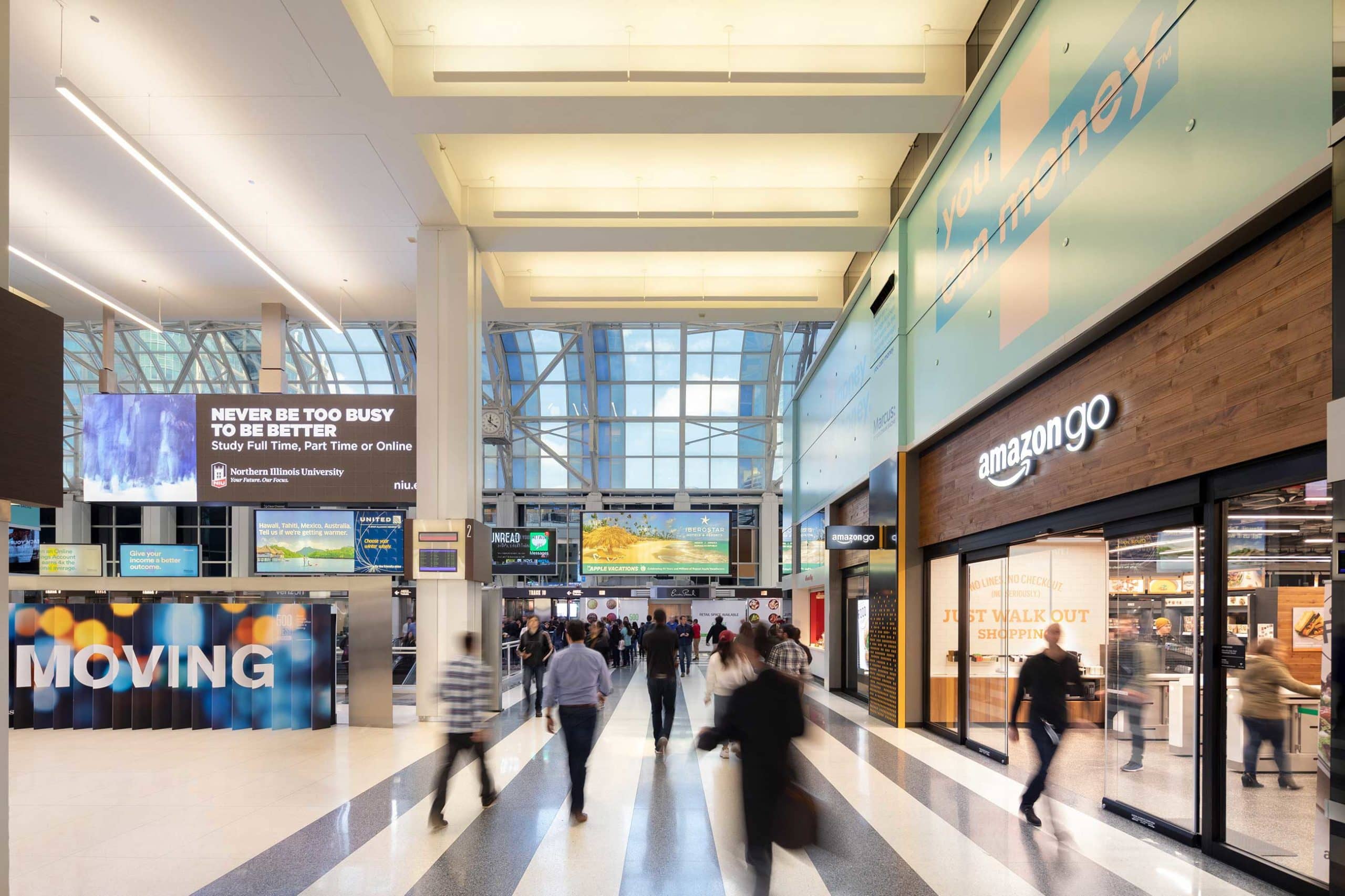Variety isn’t just the spice of life; it’s also the spice of retail life. That’s obvious for consumers of multi-tenant retail — those who want to shop, dine, and be entertained. But landlords of, and investors in, the multi-tenant retail segment are also seeing a difference in the differences.
Customers love options, which means convenience, and retail tenants and developers love being on the receiving end of the resulting staying power. It makes sense that a person will frequent a location more often if it suits more than one need. A dry-cleaner or hair salon two doors down from one’s favorite grocery store can save time, effort and gas, for example. And there’s also the added, unplanned foot traffic during visits — say, a grocery shopper notices his or her favorite chain of sandwich shops is located in the same place.
Come to a multi-tenant retail center for one reason, stay for another — the convenience brings a person back again and again. In essence, a multi-store retail center with a complementary tenant roster can practically sustain itself.
Multi-tenant Retail Make-Up
Multi-tenant retail is a vast commercial real estate (CRE) category with broad appeal. It stretches from more modern open-air centers to traditional enclosed malls and includes neighborhood, community, lifestyle and power centers.
Daily-needs locations, especially grocery-anchored centers, have been quite successful due to their consistent customer traffic. LBX Investments’ Robert Levy explained that the main differences between neighborhood and community centers are where the property is positioned in the market and how far it draws from the overall community versus its immediate neighborhood. The usually larger community centers have larger, greater anchors and more of them, “but they also might have a bunch of those more ‘mom and pop’ and service-oriented centers,” he added.
Multi-tenant retail was integral in helping the industry bounce back from COVID-19. Open-air centers really had a leg up on other retail types in their ability to offer fresh, healthful air and proper social distancing, in addition to their variety of offerings. The sector, in general, had been forced to adapt to very challenging market conditions and both innovative and viral disruptions — from the Great Recession to the e-commerce revolution and through the pandemic.
The bright side is that retailers really had to develop their innovative muscles in that decade-plus span, learning that experiential elements attract and retain customers way more than the mere transactional side of business. Amenities and experiences have never been more important to consumers, and multi-tenant retail is leading the way.
Mixing It Up and Offering Experiences
As mentioned, retail centers with a mix of tenants offer people more. The more these shopping locations can do for consumers the more often they’ll visit and, in general, the more others like them will add to the overall site traffic.
Daily needs offerings are essential to a tenant mix. Forbes reported that multi-tenant retail centers that sell essential goods anchored by a national grocery credit tenant have seen cap rates continue to compress thanks in part to increased institutional investor interest with high-priced centers trading at 5.8 percent and mid- to lower-tier centers at around 7.1 percent.
“Give them what they want” was the fool-proof, tried and true approach for retailers, but that was turned on its head since e-commerce came on the scene with its nearly no-effort alternative. Now retailers are putting a new spin on the first rule of product marketing: You’re selling more than products; you’re selling experiences, too. By giving shoppers multiple reasons to visit a location, the more they’ll browse, impulse buy and drive higher sales.

Exemplifying this strategy in numerous ways is KBS’ iconic 40-story Accenture Tower, located in the rapidly gentrifying West Loop area of Chicago’s near West side. As the Windy City’s first and largest full-service office location, Accenture Tower not only includes Class-A office space, but also retail and entertainment amenities, plus access to transportation via the Ogilvie Transportation Center.
Nearly 60 percent of shoppers worldwide will expect more than half of retail space to be devoted to experience rather than product by 2025, according to a 2020 Westfield report. And more than four-fifths of global customers are willing to pay more for experience with the most requested in-store activities needing to be creative, health and games-oriented.
At 40 years old, Tanger Outlets made a major pivot to reimagine shopper engagement and aim to attract new and younger consumers as a “customer experience destination.” That huge effort is taking the form of micro-breweries, gourmet groceries, golf simulators, electric car recharging stations, selfie concepts and even robotic dinosaurs being introduced at Tanger’s 36 locations across North America. Stephen J. Yalof, the company’s president and CEO, said that ideally 15 to 20 percent of the REIT’s CRE would be transformed into alternative uses.
Urban Disturbance
Retail has certainly had challenges in recent years, and some still remain. Urban multi-tenant retail suffered the double whammy of a residential exodus in search of more wide-open domestic spaces during the social distancing of the pandemic and office workers not returning to central business districts due to remote work protocols. It got to the point that a Kidder Mathews broker in the Pacific Northwest described the situation as bleak.
Urban retail seems to be taking steps toward recovery, however. Citing more and more office workers returning on site, increased travel, including the traditional summer bump in volumes, and the return of casual sit-down dining, JLL reported that “rather than the ebbs and flows of the past two years, it feels that U.S. urban markets are on a steady upward trajectory toward normalcy.” With shoppers, employees, tourists and diners returning to urban multi-tenant retail locations, retailers’ interest and investor deal volume are rebounding.
What’s Next?
Multi-tenant retail boasts many advantages. While inflation concerns and supply chain kinks persist, retail will continue to follow rooftops and innovate to deliver the best customer experience. That innovation includes technological acceleration due to the pandemic and omnichannel approaches that co-opt rather than compete with e-commerce.
On the investment side, there’s another major advantage. “Retail is the only product type where there’s virtually no new supply,” said Chris Decouflé, CBRE managing director and head of capital markets for retail in the Americas. “We have more GDP, we have more people, more people spending money, but we don’t have new retail largely being built as a percentage. What that means is that the forces and the pressures as it relates to viability of retail as a product type are probably better than we’ve seen in a long time.”
CRE strategy, sector recovery and consumer habits are aligning to paint a positive picture of retail’s future, including multi-tenant properties. Citing the fact that 72 percent of U.S. retail transactions will occur in physical stores, 62 percent of online orders are fulfilled at physical locations and 64 percent of consumers have returned to pre-pandemic shopping habits, Michael Weil, The Necessity Retail REIT’s president and CEO, told GlobeSt. that the multi-tenant retail renaissance is now.
Learn more about commercial real estate, visit KBS.com/Insights.




